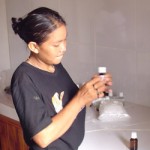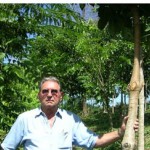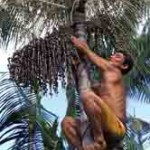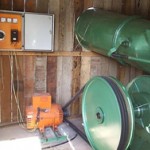
Purei was recently elected head of the Indigenous People’s Association of the Uru-eu-wau-wau, a tribe also known as the Jupaú. As association head, the 25-year-old made his first trip from a remote part of the Amazonian state of Rondônia to São Paulo, Brazil’s megalopolis, where he participated in the Indigenous Markets Fair.

Brazil’s Atlantic Forest region accounts for 80 percent of the country’s GDP, hosts 70 percent of its population, and has lost over 90 percent of its original forest cover. The forest was once a continuous stretch of tropical and subtropical rainforest covering almost 1.4 million square kilometers.

There is a small agriculture cooperative in the Brazilian Amazonthat has big dreams. Founded by Japanese immigrants in Tomé-Açu in 1931, the Cooperativa Agricola Mistade Tomé-Açu (CAMTA) produces pulp from tropical fruits, such as the açaí berry.

An estimated 12 million Brazilians lack access to electricity, many of whom live in remote areas of the Amazon rainforest. In recent years, a government program has linked an impressive 1.5 million Brazilians to electricity through grid extension. But as it reaches more remote areas, grid extension becomes more expensive and serves fewer people.








Comment
Make a general inquiry or suggest an improvement.